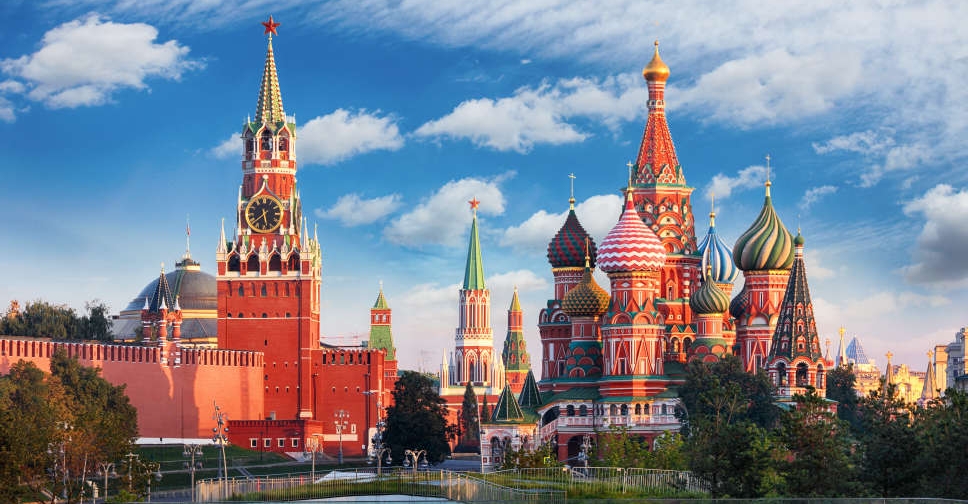
Sri Lanka is set to implement a significant reduction in power prices starting from Tuesday July 16th aiming to alleviate the financial burden on its citizens.
The decision comes amid the country's worst financial crisis in decades, exacerbated by previous price hikes to meet conditions set by an IMF bailout.
In 2022, Sri Lanka's economy contracted by 7.8%, prompting successive increases in power prices—a 75% rise in September followed by another 66% in February—to comply with IMF terms for a $2.9-billion bailout.
Now, the Public Utilities Commission of Sri Lanka (PUCSL) has announced a 22.5% reduction in power prices, effective immediately, marking a significant reversal to aid economic recovery and provide relief to consumers.
Industries will also benefit from a substantial 33% decrease in power tariffs, while low-income users can expect their bills to decrease by approximately 2,000 rupees ($7).
Manjula Fernando, Chairman of PUCSL, emphasised that the reduction aims to stimulate economic revitalisation and ease financial pressures on the public.
Economists anticipate that the price cut will help Sri Lanka maintain its inflation target of 5%, set by the central bank. Following a tumultuous period that saw inflation skyrocket to a record 70% in September 2022.
The IMF's Extended Fund Facility agreement with Sri Lanka, finalised in March 2023, mandates fiscal reforms including tax increases, subsidy removals impacting the power sector, and reductions in public sector debt. These measures are intended to stabilise the economy, which is projected to grow by 3% this year after a prolonged downturn.
As Sri Lanka navigates its economic recovery path, the reduction in power prices represents a crucial step towards mitigating financial strain on households and supporting broader economic stability.


 Delta plane flips upside down on landing at Toronto airport, injuring 18
Delta plane flips upside down on landing at Toronto airport, injuring 18
 Israel preparing to receive bodies of four hostages on Thursday
Israel preparing to receive bodies of four hostages on Thursday
 Florida man shot Israeli visitors thinking they were Palestinians: Police
Florida man shot Israeli visitors thinking they were Palestinians: Police
 Israeli military says it killed Hamas official in southern Lebanon
Israeli military says it killed Hamas official in southern Lebanon
 Russia rules out territorial concessions on eve of US talks
Russia rules out territorial concessions on eve of US talks







